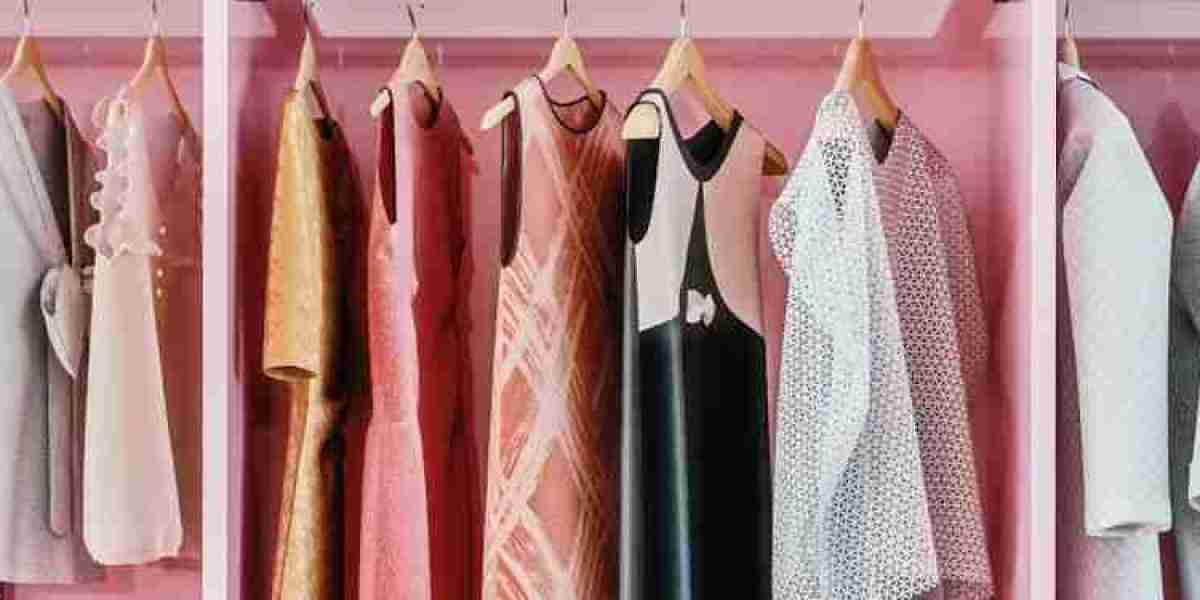Clothes is a fundamental aspect of human life, serving not only as protection from the elements but also as a means of self-expression and identity. With a vast array of styles, fabrics, and trends available, understanding the different categories of clothing can help you curate a wardrobe that fits your lifestyle and personal preferences. This guide will explore various types of clothing, popular styles, essential wardrobe pieces, and tips for dressing well.
1. Types of Clothing
Clothing can be categorized into several main types, each suited for different occasions, climates, and purposes:
Tops: This category includes shirts, blouses, T-shirts, tank tops, and sweaters. Tops can be casual, formal, or versatile, depending on their design and fabric.
Bottoms: Pants, jeans, shorts, skirts, and leggings fall into this category. Each type offers various fits and styles, catering to different occasions.
Dresses: Dresses are a staple in many wardrobes, available in styles ranging from casual sundresses to formal evening gowns.
Outerwear: Jackets, coats, blazers, and cardigans are essential for layering and warmth during colder months.
Activewear: Designed for physical activities, this category includes leggings, sports bras, and moisture-wicking tops, emphasizing comfort and flexibility.
Undergarments: Bras, underwear, and shapewear provide essential support and comfort beneath clothing.
Loungewear: Comfortable clothing for relaxing at home, such as pajamas, sweatpants, and soft tees, falls under this category.
2. Popular Clothing Styles
Clothing styles evolve with trends, seasons, and cultural influences. Here are some popular styles to consider:
Casual: Casual clothing prioritizes comfort and ease, featuring items like jeans, T-shirts, and sneakers suitable for everyday wear.
Business Casual: This style blends professionalism with comfort, often incorporating tailored trousers or skirts paired with blouses or smart tops, ideal for office environments.
Formal: Formal attire includes cocktail dresses, evening gowns, and suits, typically reserved for special occasions such as weddings or galas.
Streetwear: A contemporary style influenced by urban culture, streetwear features oversized silhouettes, graphic tees, and trendy sneakers.
Athleisure: Combining athletic wear and casual clothing, athleisure includes stylish leggings, joggers, and sports bras that can be worn for workouts and everyday activities.
3. Essential Wardrobe Pieces
Building a versatile wardrobe involves selecting key pieces that can be mixed and matched. Here are some essentials to consider:
Basic Tops: Neutral-colored T-shirts and blouses serve as foundational pieces for various outfits.
Tailored Bottoms: A well-fitting pair of tailored pants, dark jeans, and a couple of skirts provide flexibility for both casual and professional settings.
Classic Dresses: A little black dress (LBD) and a comfortable sundress are versatile options for different occasions.
Layering Pieces: Cardigans, blazers, and lightweight jackets can add depth and warmth to outfits.
Footwear: A selection of comfortable shoes, including sneakers, flats, and heels, ensures you’re prepared for any occasion.
4. Choosing the Right Fabrics
The fabric of your clothing significantly influences comfort, fit, and appearance. Here are some common fabrics to consider:
Cotton: Soft, breathable, and versatile, cotton is ideal for everyday clothing and casual wear.
Linen: Lightweight and breathable, linen is perfect for summer clothing but tends to wrinkle easily.
Wool: Warm and insulating, wool is commonly used for sweaters and winter coats.
Silk: Luxurious and smooth, silk adds elegance to blouses and dresses, making it suitable for formal events.
Denim: A durable fabric used for jeans and jackets, denim is a staple in casual wear.
Polyester: Wrinkle-resistant and easy to maintain, polyester is often found in everyday clothing and activewear.
5. Styling Tips for Clothing
To maximize your wardrobe and enhance your overall look, consider the following styling tips:
Layering: Combine different pieces to create dimension and adapt to changing weather. Layering allows for personal expression.
Accessorizing: Use accessories like belts, scarves, and jewelry to enhance your outfit and add personality.
Mixing Patterns: Don’t hesitate to mix patterns and textures. Pairing stripes with florals can create a fun and eclectic look.
Footwear Choices: The right shoes can dramatically change the look of an outfit. Choose footwear that complements the style and color of your clothing.
Confidence: Wear what makes you feel good. Confidence can elevate any outfit and create a more polished appearance.
6. Shopping for Clothing
When shopping for clothing, keep these tips in mind to make informed choices:
Focus on Fit: Clothing should fit comfortably and flatter your body shape. Consider trying items on to determine the best size.
Quality over Quantity: Invest in high-quality pieces that will last longer and maintain their appearance.
Read Care Labels: Always check care labels for washing instructions to prevent damage to your clothing.
Consider Versatility: Choose pieces that can be styled in multiple ways, allowing for different looks with fewer items.
7. Conclusion
Clothing is not only a necessity but also a powerful form of self-expression. By understanding the different types of clothing, popular styles, and essential wardrobe pieces, you can curate a versatile and stylish collection that meets your needs for any occasion. Whether dressing for work, casual outings, or special events, the right clothing can help you feel confident and put-together.








